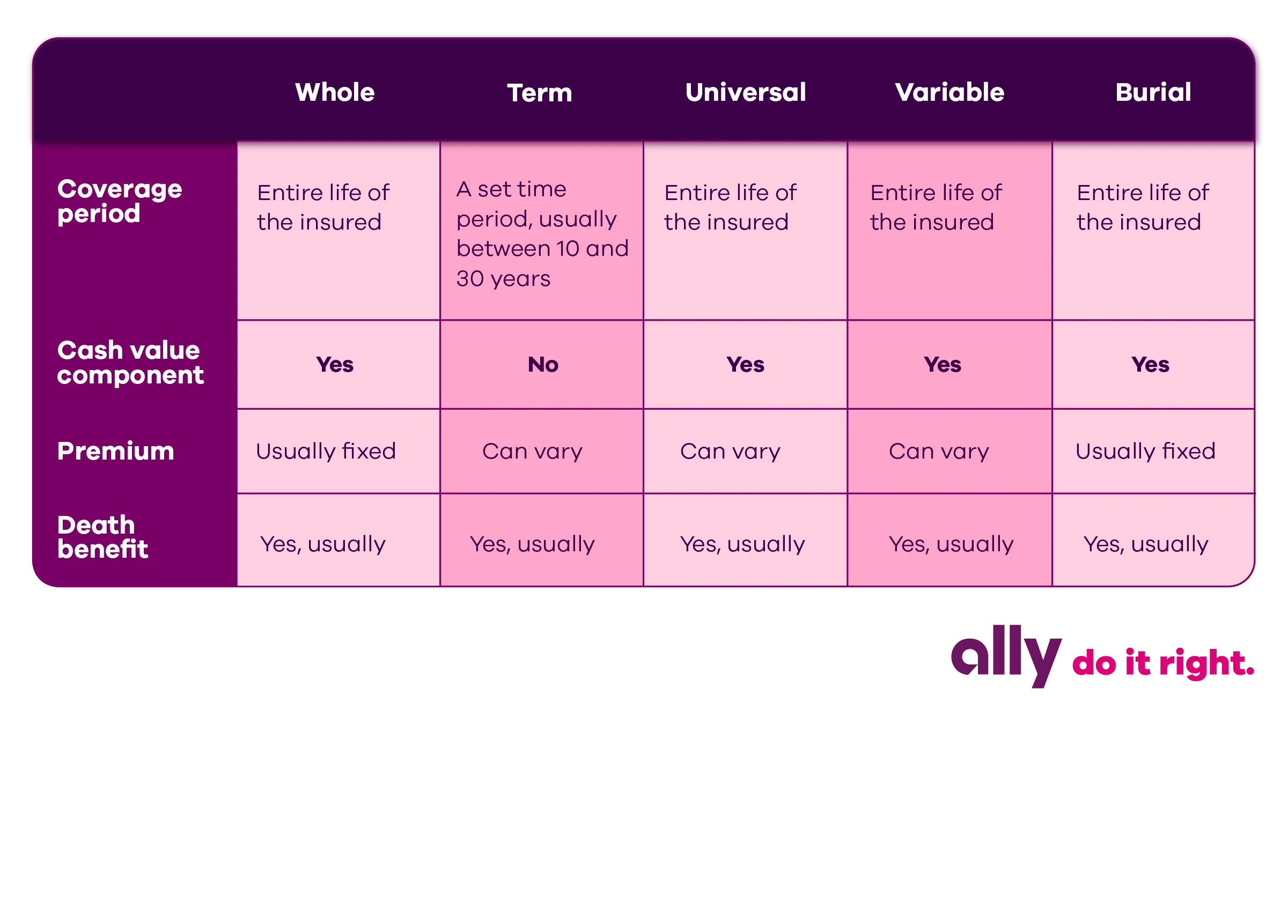News Nexus
Your source for the latest in general news and information.
Insurance Policies: The Fine Print You Never Read
Uncover the secrets hidden in insurance policies! Don’t let fine print catch you off guard—learn what to watch for before you sign.
Understanding Insurance Jargon: What the Fine Print Really Means
Insurance jargon can often feel like a foreign language, making it difficult for consumers to fully grasp their policies. Terms like deductible, premium, and exclusions are frequently encountered, yet their meanings are not always clear. A deductible is the amount you pay out of pocket before your insurance kicks in, while a premium refers to the recurring payment you make to maintain your coverage. Additionally, understanding exclusions is crucial, as these are specific conditions or circumstances that are not covered by your policy, which can leave you vulnerable in certain situations.
To navigate the complexities of insurance agreements, it's essential to read the fine print carefully. Familiarizing yourself with terms such as co-pay, out-of-pocket maximum, and beneficiary can empower you as a policyholder. A co-pay is a fixed amount you pay for specific services, while an out-of-pocket maximum is the total amount you'll pay for covered health care services in a plan year. Finally, knowing who your beneficiary is vital, as this person will receive the policy benefits upon your passing. Understanding these key terms can significantly improve your ability to make informed decisions about your insurance coverage.

Common Pitfalls in Insurance Policies: What You Need to Watch Out For
When navigating the complex world of insurance policies, it's crucial to be aware of the common pitfalls that can lead to inadequate coverage or unexpected expenses. One of the most significant issues is underinsurance, which occurs when policyholders opt for lower coverage limits to save on premiums, only to find that they are not adequately protected in the event of a claim. Additionally, many people overlook the deductibles associated with their policies. Understanding the implications of high deductibles versus premium costs can make a significant difference in the overall value of your insurance.
Another pitfall arises from misunderstanding policy terms. Insurance language is often filled with jargon and fine print that can lead to confusion. For instance, consumers might assume that certain damages are covered, only to discover they fall under exclusions or limitations outlined in the policy. To avoid this, it's essential to read the policy thoroughly and clarify any uncertainties with an agent. Lastly, remember to review your insurance needs periodically, as life changes can affect your coverage requirements and expose you to gaps if not addressed in a timely manner.
Are You Fully Covered? Questions to Ask Before Signing on the Dotted Line
When considering an agreement, it's essential to ensure that you're fully covered before signing on the dotted line. Start by asking yourself these critical questions:
- What risks are associated with this contract?
- Does the contract explicitly outline all coverage areas?
- Are there any exclusions or limitations that could affect my interests?
Moreover, it's beneficial to discuss the terms with a professional, such as a lawyer or an insurance agent, to get clarity on any confusing clauses. Questions to consider include:
- How does this contract protect my personal information?
- What happens in case of a dispute?
- Are there options for extendable coverage or reassessment in the future?